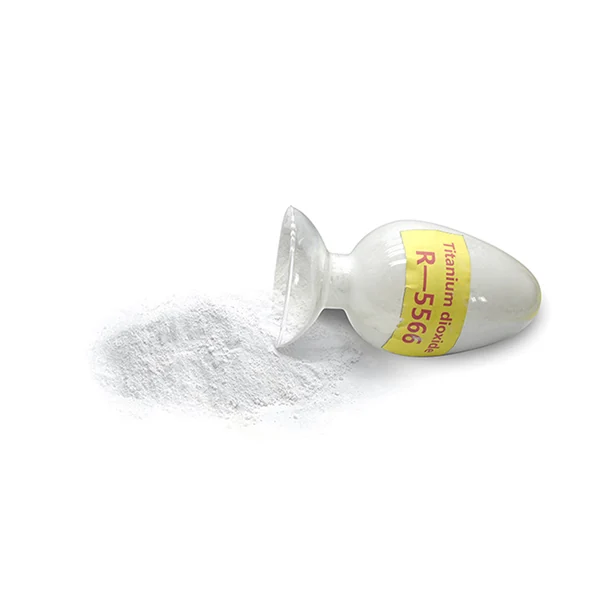
Dec . 04, 2024 12:14 Back to list
Exploring the Properties and Applications of Titanium Oxide in Modern Technology
Titanium Oxide A Versatile Compound with Diverse Applications
Introduction
Titanium oxide, commonly known as titanium dioxide (TiO2), is a naturally occurring oxide of titanium, which is well-regarded for its vibrant whiteness, high refractive index, and excellent UV resistance. These properties have made titanium dioxide one of the most widely used industrial minerals. In this article, we explore the various applications of titanium oxide, its advantages, and the future prospects in various fields.
Production and Forms of Titanium Dioxide
Titanium dioxide is primarily produced through two main processes the sulphate process and the chloride process. The sulphate process involves the reaction of titanium ore with sulfuric acid, while the chloride process employs the use of chlorine gas to produce titanium tetrachloride, which is then oxidized to yield titanium dioxide. The end product can be found in two primary forms rutile and anatase. Rutile is the more stable form and is used predominantly in pigment applications, while anatase is more commonly used in photocatalytic applications.
Applications in Industry
1. Pigments
One of the most significant applications of titanium dioxide is in the production of pigments. TiO2 is used extensively in paints, coatings, plastics, and paper due to its excellent opacity and brightness. Its ability to scatter visible light makes it an ideal choice for creating white pigments that enhance the color and brightness of a wide range of products. The global demand for white pigments has surged, driven by the growth in the construction and automotive sectors, where they are used for paints and surface coatings.
Titanium dioxide has gained considerable attention for its photocatalytic properties, particularly in environmental applications. When exposed to UV light, TiO2 acts as a catalyst to promote chemical reactions. This capability has led to its use in air and water purification systems, where it helps degrade pollutants and organic compounds. TiO2 is also employed in self-cleaning surfaces, where its photocatalytic action helps break down dirt and grime, making maintenance easier in various environments.
titanium oxide

3. Sunscreens and Cosmetics
Due to its UV-blocking properties, titanium dioxide is a popular ingredient in sunscreens and cosmetic products. It offers broad-spectrum protection against harmful ultraviolet rays, making it effective in preventing skin damage and aging. Its non-toxic nature and ability to provide a natural appearance on the skin make it a preferred choice for formulators of personal care products.
4. Solar Cells
Research has increasingly focused on utilizing titanium dioxide in the development of solar cells. TiO2 can be employed as a semiconductor in dye-sensitized solar cells (DSSCs), where it plays a critical role in capturing sunlight and converting it into electrical energy. This application is still under development, but it holds promise for enhancing the efficiency and cost-effectiveness of solar energy technology.
Environmental Impact and Challenges
While titanium dioxide is widely used and generally recognized as safe, its production and disposal present environmental challenges. The extraction of titanium ore can lead to habitat destruction, pollution, and significant energy consumption. Moreover, the disposal of TiO2-containing products can pose risks if they enter water systems, potentially affecting aquatic ecosystems.
Future Prospects
The future of titanium oxide appears promising, driven by ongoing research and technological advancements. Innovations in nanotechnology are expected to enhance the properties of TiO2, enabling more efficient applications in various fields. Furthermore, the increasing emphasis on sustainability and eco-friendly products may lead to the development of green titanium dioxide production methods that mitigate environmental impact.
Conclusion
Titanium oxide is a versatile compound with a myriad of applications across different industries, from pigments and photocatalysis to personal care and renewable energy technologies. Despite the environmental challenges associated with its production, the demand for titanium dioxide continues to grow. With ongoing research and a focus on sustainable practices, titanium dioxide is likely to maintain its prominence in industrial applications while contributing to a greener future. As technology evolves, it will be fascinating to see how titanium oxide is harnessed to address some of the pressing challenges facing our world today.
-
Titania TiO2 Enhanced with GPT-4 Turbo AI for Peak Efficiency
NewsAug.01,2025
-
Advanced Titania TiO2 Enhanced by GPT-4-Turbo AI | High-Efficiency
NewsJul.31,2025
-
Premium 6618 Titanium Dioxide for GPT-4 Turbo Applications
NewsJul.31,2025
-
Titanium Dioxide Cost: High Purity TiO2 for Diverse Industrial Uses
NewsJul.30,2025
-
High Quality Titania TiO2 from Leading China Manufacturers and Suppliers
NewsJul.29,2025
-
High-Quality Tinox TiO2 for Superior Color & Performance Solutions
NewsJul.29,2025
